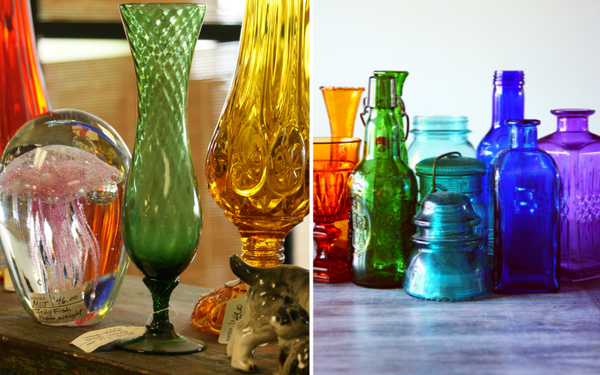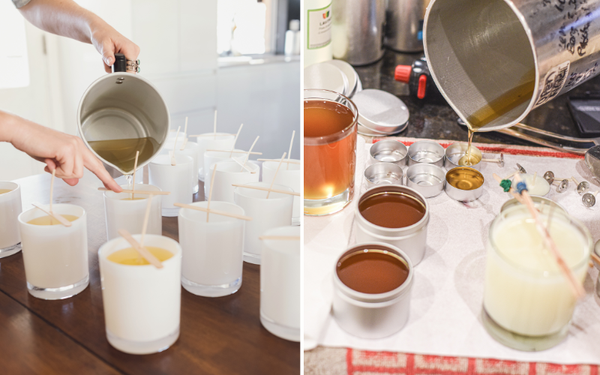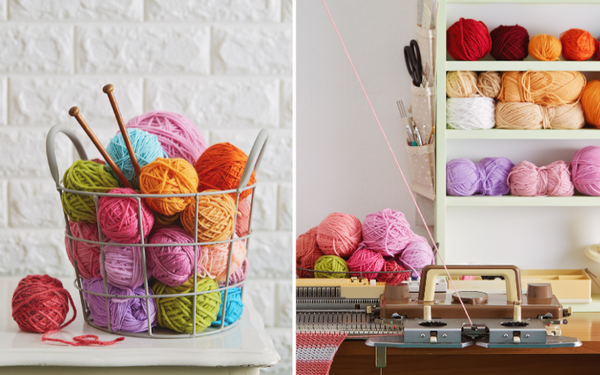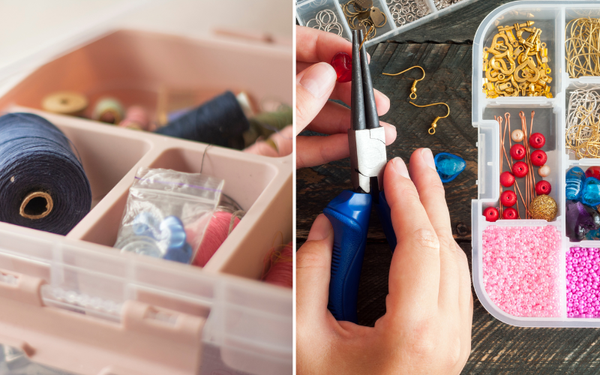Tie-dyeing is a fun and creative craft that has been around for a long time. It is a popular form of art that has gained a lot of attention recently.
The process involves folding, twisting, and securing fabric before dripping dye onto it to create intricate patterns. But, one common question that most people have is whether to tie-dye wet or dry fabric.
This blog post will help you understand choosing the right fabric and the best way to tie-dye it.

There is no right or wrong answer to this question. It all depends on the type of fabric you are using and the dye you have. Some fabrics are better tie-dyed wet, while others are best tie-dyed dry. For instance, natural fabrics such as cotton, linen, rayon, and hemp are best tie-dyed when they are wet. This is because the fabric absorbs the dye more effectively. On the other hand, synthetic fabrics such as nylon and polyester are better tie-dyed when dry. Synthetic fibers resist water, which means that the dye will not penetrate the fabric when wet.
The process of tie-dyeing when the fabric is wet is called the immersion method. It involves soaking the fabric in water before dyeing it, then wringing it out. This technique is ideal for giving a more even and smoother finish to cotton, linen, and other natural fabrics. It is perfect for creating ombre effects, too, as the dye blends seamlessly as the fabric gets wet.
The process of tie-dyeing when the fabric is dry is commonly known as the dry-dyeing method. This technique involves sprinkling or dripping dye onto the dry fabric surface. It can produce more vibrant colors and patterns compared to wet dyeing. But, while it works well for synthetic fibers and other materials that are not water-absorbent, it might produce a less even color pattern on natural fibers like cotton.
If you are a tie-dye beginner, using dry powder or liquid dye that doesn't require the pre-soaking method is a great starting point. You can sprinkle the dye onto the fabric until you get your desired patterns. Fabric tied loosely will let the dye move around, creating blurred shapes with a soft, watercolor-like effect. On the other hand, tightly secured fabric will create bold patterns.
Conclusion:
In conclusion, whether to tie-dye wet or dry fabric is a matter of preference. While the immersion method works well with natural fabrics, you can get more vibrant and colorful patterns using the dry-dyeing method with synthetic fibers. Before you start dyeing your fabric, it's essential to read the instructions provided by the manufacturer to determine which method and dye to use. Tie-dyeing can be fun and rewarding, so try different methods, fabrics, and dyes until you master the skill.








